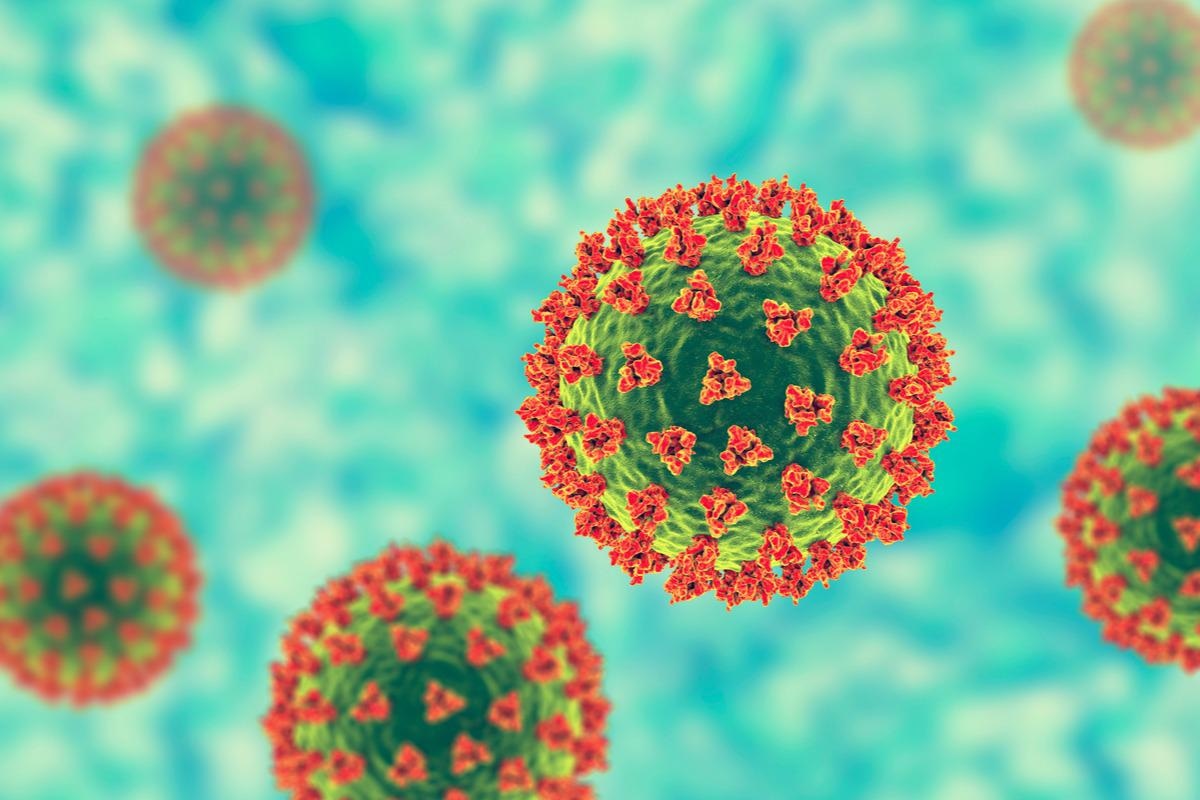The coronavirus disease 2019 (COVID-19) caused a global public health disaster, costing millions of human lives and stressing national healthcare systems to breaking point while shutting down economic growth worldwide. This spurred researchers to look for effective antivirals that could mitigate disease severity and reduce the mortality rate.
 Study: Repurposing Halicin as a Potent Covalent Inhibitor for the SARS-CoV-2 Main Protease. Image Credit: Kateryna Kon/Shutterstock
Study: Repurposing Halicin as a Potent Covalent Inhibitor for the SARS-CoV-2 Main Protease. Image Credit: Kateryna Kon/Shutterstock
A new paper published in Current Research in Chemical Biology discusses the potential of a molecule called halicin against the severe acute respiratory syndrome coronavirus 2 (SARS-CoV-2).
Introduction
New drug development and repurposing are the two approaches employed to identify useful therapeutics against this virus. Earlier reports showed that some small molecule drugs had useful activity against the pathogen, including nitazoxanide, which had in vitro inhibitory activity against SARS-CoV-2 at low concentrations.
Halicin is another compound belonging to the same family of nitrothiazoles. This is an inhibitor of the enzyme c-Jun N-terminal kinase (JNK), a regulator of various phases of the cell cycle such as proliferation, differentiation and apoptosis. Molecular modeling showed that halicin would probably bind to the active site of JNK via the nitrothiazole moiety.
Later, this molecule was predicted to be active against several different pathogens, being able to bind to the cell membrane of bacteria via its association with ionic iron. Halicin broke down the proton motive force by dissipating its ΔpH component.
Still, another approach, using molecular docking, showed that halicin could probably fit into the catalytic site of the important SARS-CoV-2 main protease (Mpro) enzyme with a binding energy of -6.1 kcal/mol. Mpro, which exists in the homodimeric form in solution, is another primary drug target in the search for drugs against this virus, being key to both viral replication and the pathogenesis of COVID-19.
The use of X-ray crystallography further showed details of the Mpro active site, with its catalytic dyad comprising Cysteine145-Histidine41. The substrate binding site is found between the domains, and the homodimer is much more active than the monomer. The halicin molecule is of special interest since it targets the Mpro enzyme and could block viral replication.
What did the study show?
The results of an in vitro assessment of the potency of halicin against the SARS-CoV-2 Mpro showed that at a concentration of less than 0.2 μM, the molecule was able to inhibit 50% of the viral particles (half-maximal inhibitory concentration, IC50). In contrast, even at 200 μM, nitazoxanide failed to inhibit the enzyme.
Compared to most Mpro inhibitors that show noncovalent binding, this is a very low IC50 value. Moreover, halicin is a small molecule and is unlikely to be able to fill the active site completely since the Mpro binding pocket is fairly large. This again seems to show that the mechanism of inhibition is covalent binding.
In the next step, the researchers found by mass spectrometry analysis that the covalent binding occurred in the presence of Mpro and helicine in equimolar ratio and was mediated via the nitrothiazole component. In other words, halicin is able to bind both the inactive monomer and the catalytically active dimeric form of Mpro and inhibit the enzyme covalently.
Correlating these indications with the crystal structure of Mpro showed that, as expected, the surface binding model showed that the nitrothiazole part formed a covalent bond with the Cysteine145, and fitted into the region between the P1 and P2 sub-pockets.
These results were further supported by the resolution of the crystal structure of the MPro-halicin complex from the surface binding model. The researchers observed a nitrothiazole fragment of halicin forms a covalent bond with C145 and fits into the area between P1 and P2 sub-pockets. Additional van der Waals bonding stabilizes the Mpro-nitrothiazole binding.
The evidence thus shows the occurrence of a covalent adduct between halicin and the catalytic cysteine via nucleophilic aromatic substitution (SNAr) of 5-nitrothiazole. The researchers comment, “Considering the favorable binding of 5-nitrothiazole to the MPro active site and high reactivity of halicin with cysteine, our study provides a potential tunable SNAr-based reactive group of 5-nitrothiazole for selectively targeting the catalytic cysteine Cys145 of MPro by tuning 5-amino-1,3,4-thiadiazole moiety of halicin.”
What are the implications?
The world was on full alert during the initial two years of COVID-19. Future pandemics may and are expected to occur, caused by other coronaviruses. This lends urgency to the task of finding pan-coronavirus antivirals.
In the current study, Mpro inhibitors were examined because of the importance of this enzyme for the viral life cycle and because it is highly conserved between coronaviruses. This could help identify broad-spectrum antivirals against this family of viruses.
Drug repurposing is an efficient and cost-effective way to accomplish this. The recent reports that the anti-protozoal drug nitazoxanide was being sought to be repurposed against SARS-CoV-2 led to the current study on the similar molecule halicin. The success of these early efforts led the scientists to say, “As far as we know, this is the first SNAr-based covalent inhibitor for MPro, indicating that a large variety of mechanistically similar compounds may be tested as MPro inhibitors to search for anti-SARS-CoV-2 therapeutics.”